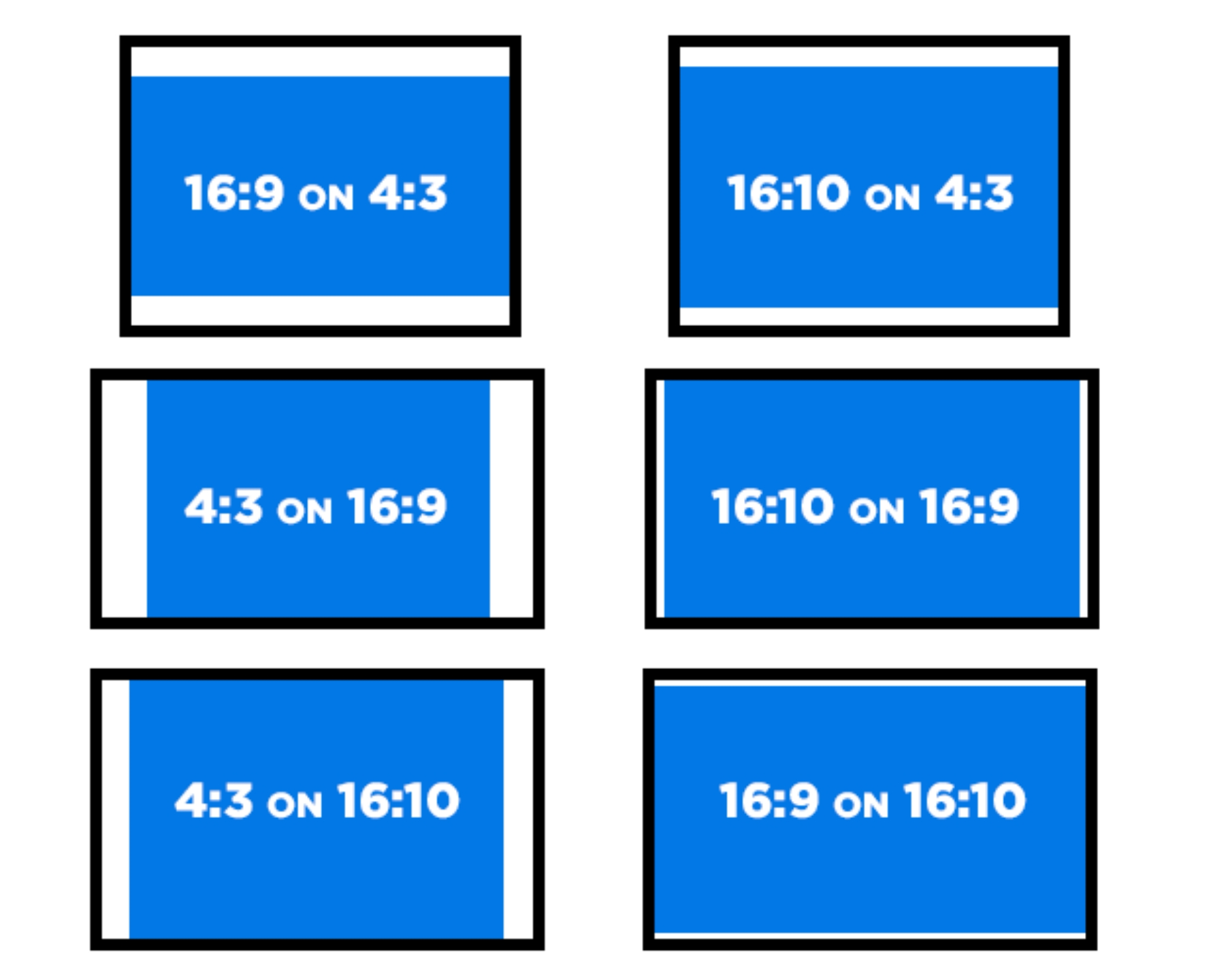While you will get a visible image, a sheet is not a great projection surface as it lets so much of the light straight through it. It’s also difficult to get the material nice and flat, so chances are you are going to end up with a washed out, wavy looking image.
Yes you can, but it can be tricky! It’s possible to purchase screen fabric so that you can make your own projection screen, the difficult part is ensuring that you get a nice flat projection surface to work with. If the screen material isn't pulled taut evenly from all angles, you’ll find you get waves in the projection that make for a bad viewing experience! If you need a screen made to custom requirements, please get in touch with us and we can get a quote for a custom made screen - it’s best to leave these things to the experts!
A ceiling recessed screen allows you to hide your screen away in your ceiling, meaning it’s completely out of view when the screen is not in use. With many of the same features as an electric screen, a ceiling recessed screen is typically found in a high end home cinema or conference room.<o:p>
Ambient light rejecting is the ultimate in screen technology. It cleverly rejects ambient light from around your projection area, think lamps, sunlight or ceiling lights and focusses the projected image. It’s essentially being selective about what you should see and what you shouldn't. ALR screens can be used to enhance black levels and the overall quality of your projected image, you may see them called ‘high contrast screens’ and you will find certain fabrics designed for darker environments and some that excel in brighter rooms. A good ALR screen can make an old projector look like new again!
If you have a special requirement for a projector screen we have the possibility to manufacture a screen specifically to your requirements. Custom frame screens and custom electric screens are available, just let us know your screen size requirements, what type of fabric is needed and the delivery address, and we’ll get back to you with a price!<o:p>
This really depends on your projector and its throw ratio. The throw ratio can seem confusing when you look at the numbers, but it’s just telling you how far away the projector needs to be to produce the image size you require. A throw ratio of 2.00:1 for example means that the projector will be 2m away for a 1m wide image - it’s as easy as that! Most projectors have some zoom, so you will usually see a smaller number and a larger number, for example 2 - 2.5:1. Here, the 2 refers to the closest distance the projector can be and 2.5 refers to the largest distance it can be, so for a 1m wide image the projector has to be 2 to 2.5m away, while for a 2m wide image it needs to be 4 to 5m away. Don’t forget to check out our projection distance calculator if you aren't sure.<o:p>
This really depends on what you are using your projector for! 16:9 is the go to for entertainment, think movies, gaming, sports and TV. 16:10 is the modern business format, so if you are working from a laptop, perhaps giving presentations, web browsing or video editing, 16:10 is the way to go. 4:3 is becoming less and less common, it's an outdated format which is not found in modern technology, that said, it is still used and is often found in churches and educational settings. It’s important to match the screen you purchase to the aspect ratio of your projector, otherwise you will end up with a lot of screen area you can not make use of. Take a look at the graphic below to see how the incorrect format will look on your screen.
